[
There isn’t a nameplate extra outstanding in Dodge muscle automobile historical past than the Charger. It has survived by seven generations because the 1966 mannequin yr. Whereas it's true that in current instances the Challenger has taken over because the quintessential muscular two-door providing, that automobile was initially developed as a solution to the massively in style and profitable Ford Mustang. In different phrases, a pony automobile. It was the Charger that earned its stripes because the Mopar of alternative on stoplight-to-stoplight drags in cities throughout America within the Nineteen Sixties, competing in opposition to iconic names just like the GTO, Chevelle, 442, and Torino.
The Charger additionally underlined Dodge's efforts in inventory automobile racing. The 1969 NASCAR season launched the world to the Daytona identify as a Dodge with Buddy Baker (excellent identify for an American racer, as we might have anticipated) hit 200 mph on March 24, 1970 at Talladega, Alabama. Turned the primary producer to catch on. Provide you with (behind the wheel).
With apologies to Bob Dylan, instances are altering for Dodge, which is lastly becoming a member of the remainder of the automotive world with a brand new model of the Charger that, as all the time, will give attention to horsepower and efficiency. Solely this time, it is going to be headlined by a lithium-ion battery and electrical motor.
We're all wanting ahead, however there’ll all the time be a gentle spot in our hearts for the great previous days of inner combustion – particularly when it comes with the assistance of 426 or 440 cubic inches with an assorted variety of barrels. So let's check out what introduced Dodge thus far and analyze the primary seven generations of the Dodge Charger as we anxiously await the arrival of the eighth era.
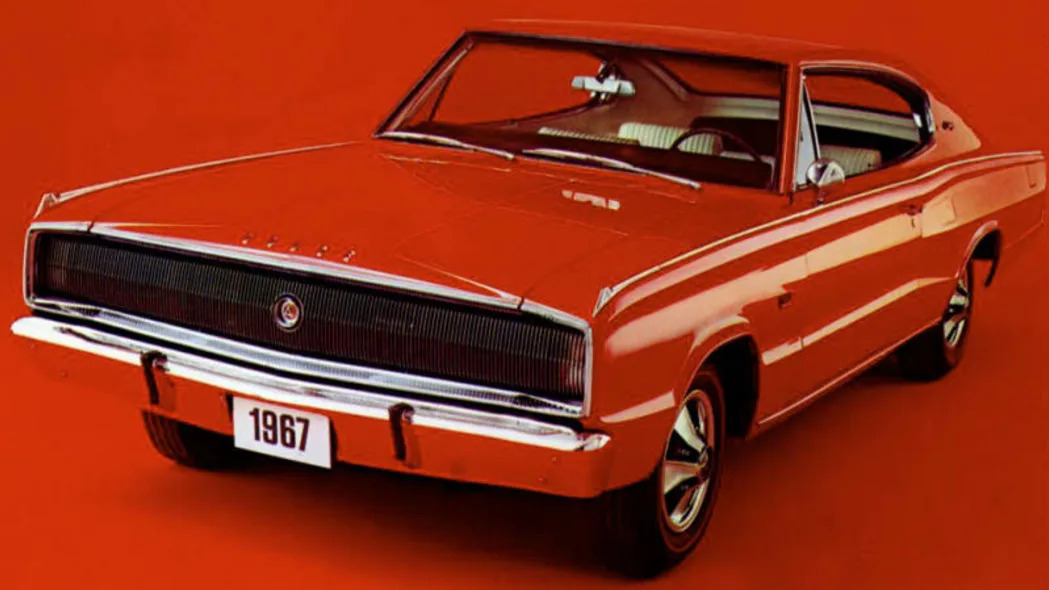
First era Dodge Charger: 1966–1967
The primary Charger appeared to separate the distinction between small pony automobiles just like the Ford Mustang and enormous luxurious coupes just like the Thunderbird (which had grown considerably in dimension over the primary decade of manufacturing). The outcome was a fastback coupe with an expensive inside that includes 4 bucket seats, a console that prolonged from entrance to again and a sporty gauge cluster with vivid blue dials.
A spread of V8 engines have been supplied for the primary era of Charger starting from 318 cubic inches to 440 cubic inches and the hardly roadable 426 cubic-inch Hemi V8 topped out at 425 horsepower.
The primary Charger regarded aerodynamic with its sloping rear fastback roofline, and it pointed to the rising development of constructing automobiles for the highway that have been designed to win races on high-speed tracks in America. How sudden…
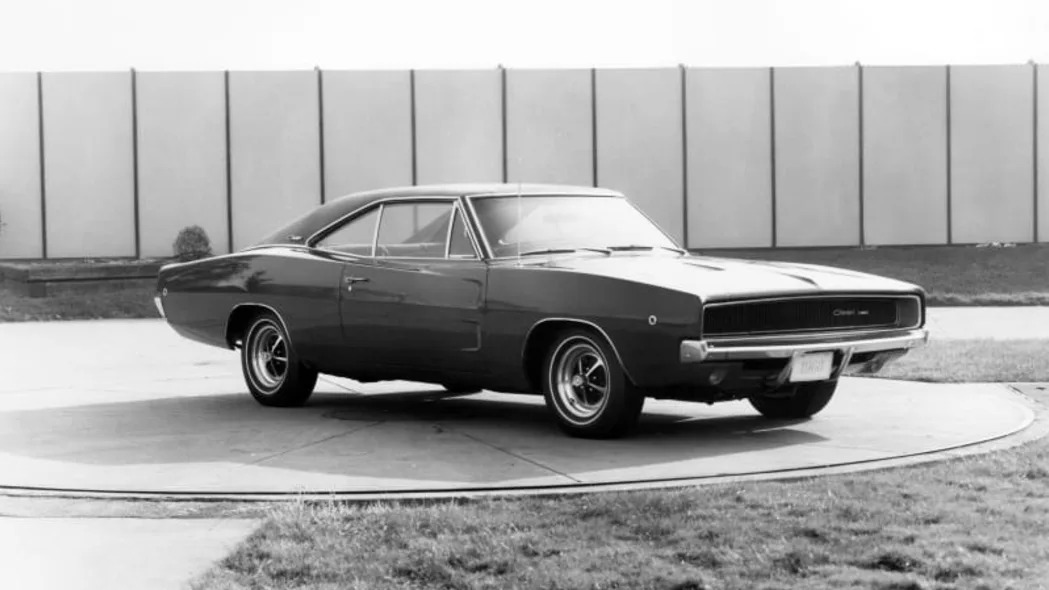
Second era Dodge Charger: 1968–1970
That is the Dodge Charger that probably involves thoughts when somebody mentions the phrases “muscle automobile.” There are numerous causes for this, from the Coke-bottle fashion that has really stood the take a look at of time, to well-known movie and tv roles, together with Steve McQueen's Bullitt and the Dukes of Hazzard.
Nonetheless, apparently, this second charger was not as distinctive as its predecessor. Gone have been the quad bucket seats and electroluminescent gauges, changed by extra conventional midsize automobile bits and items. And as a lot as we love the form of this Charger, there's no denying the truth that the “flying buttress” rear pillars have been created from the Pontiac GTO's trend-setting design.
That is additionally the era of Charger that led to the creation of the Daytona NASCAR competitor after earlier makes an attempt with the flush rear window of the Charger 500. The sharp pointed face and large rear wing have been clearly designed for high-speed oval tracks, however it nonetheless needed to be launched to most of the people to qualify to be used in competitors. On the race monitor and on the highway, it was in the end the Plymouth Superbird that got here to thoughts however the Charger Daytona got here first. Solely 503 Charger Daytonas have been offered in america in 1969, the one yr of manufacturing.
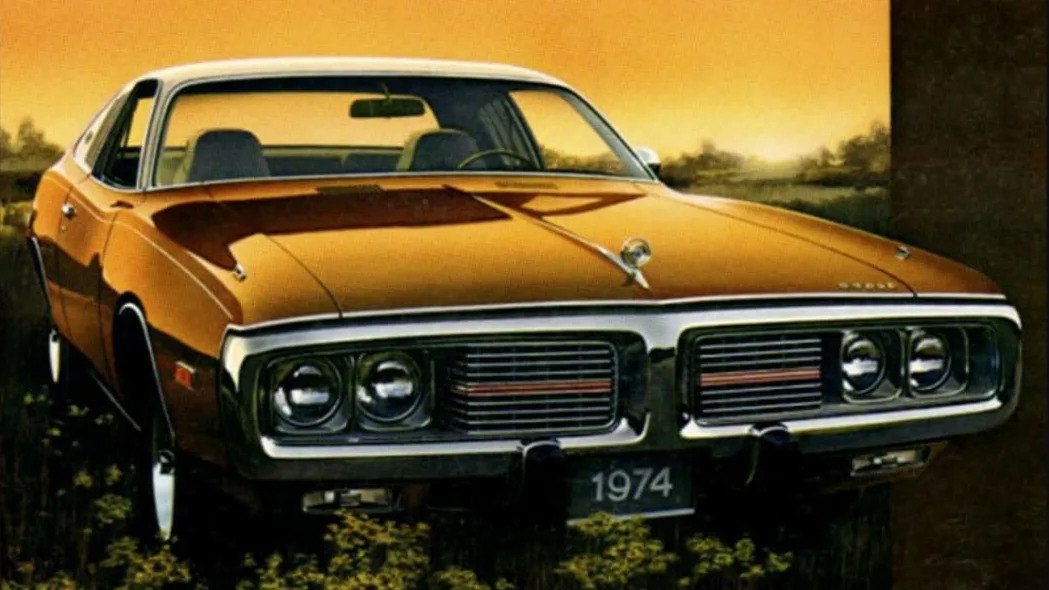
Third era Dodge Charger: 1971–1974
The bean counters of federal regulators and insurance coverage companies might have signaled the top of muscle automobile enjoyable, however it's actually excessive gasoline costs that put the ultimate nail within the high-horsepower coffin. Nonetheless, Dodge was not prepared to surrender utterly.
The 1971 Dodge Charger was utterly completely different from the second-generation automobile that got here earlier than it. Like most automobiles of that period, it grew in dimension and commenced to look extra bulbous, leaning into Dodge's Nineteen Seventies colours, stripes, and possibility packages.
The Hemi engine disappeared after the 1971 mannequin yr, and it took with it the imaginatively named Tremendous Bee. Ultimately they’d return, however not till just a few a long time had handed. Web horsepower scores meant the rated figures have been decreased, however the huge 440 engine remained as torquey as ever.
An fascinating historic reality: although manufacturing of this Charger led to 1975, the third era automobile continued to compete in NASCAR for a few years. Dodge gained the championship in 1975 underneath the management of Richard Petty. That was the primary yr Dale Earnhardt was racing the Dodge Charger.
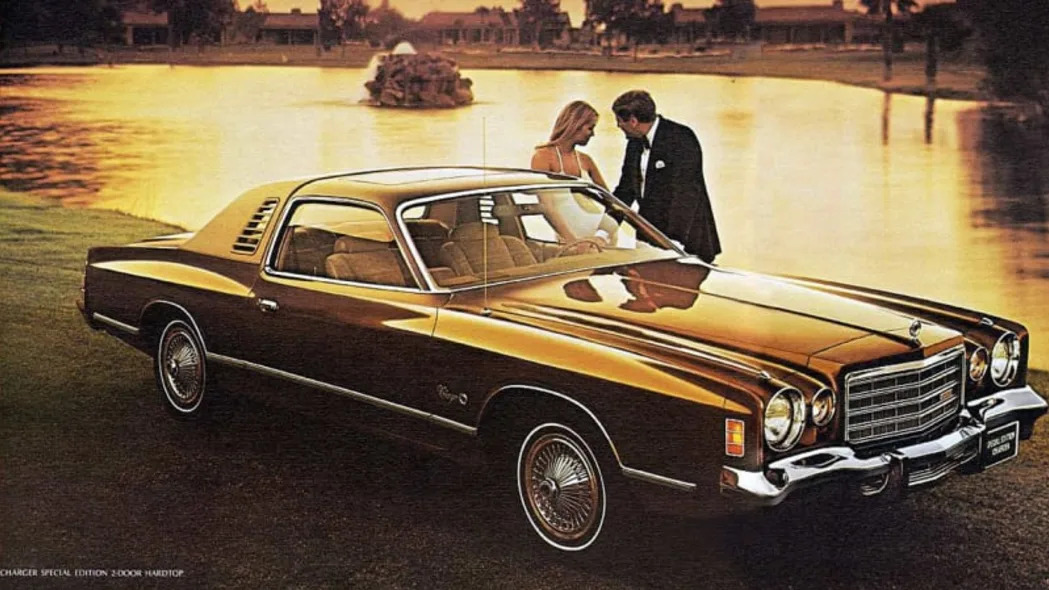
Fourth era Dodge Charger: 1975–1978
The 1975 Dodge Charger was a departure from the bulbous design of the earlier model. It adopted the tendencies of the time with plenty of chrome, a big grille flanked by outstanding headlights and, in fact, an enormous bumper designed to satisfy more and more stringent crash requirements.
Though its look was new, the promote it was focusing on was basically the identical. As a big coupe with a bigger engine providing, it was nicely positioned as a private luxurious coupe when such issues have been sellable in america. Energy was off (as was your entire trade) however V8s as much as 400 cubic inches (or 6.6 liters when you choose) have been nonetheless on the menu.
The 1978 Charger marked the top of the nameplate on the rear-wheel-drive, body-on-frame B-body platform, which had its roots within the early Nineteen Sixties, though the platform itself would final for an additional yr. The looks of the newly launched Dodge Magnum and the older Chrysler Cordoba.
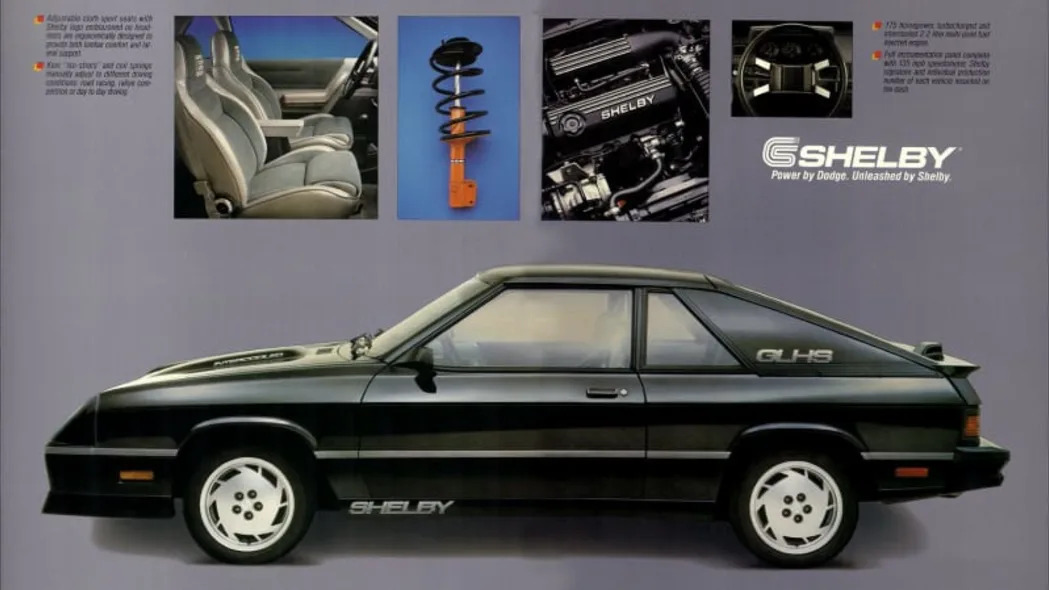
Fifth era Dodge Charger: 1982–1987
And now for one thing utterly completely different. After a four-year hiatus, the Dodge Charger was reborn as an possibility bundle on the easy front-wheel-drive Omni platform. The Omni was designed in Europe and began with a small four-cylinder engine equipped by Volkswagen, however Dodge wished one thing extra American. The Omni 024 coupe was reworked right into a Charger, which these of us who grew up within the Nineteen Eighties keep in mind nicely. It obtained Chrysler's 2.2-liter four-cylinder, which initially produced solely 84 horsepower, nonetheless an improve from the VW engine with which the platform started life.
Carroll Shelby partnered with Dodge to create an upgraded Charger bearing its well-known identify and a capability of 107 hp, and it obtained a turbocharger in 1985 to provide a decent 146 hp, which turned the two.2-liter Turbo II in 1987. Ended with. 175 hp and the identical 175 lb-ft of torque.
Though the Daytona identify additionally resurfaced within the Nineteen Eighties – and was additionally utilized to the fastback coupe – the fifth-generation Dodge Charger was not on the identical platform because the Okay-based Daytona. Nonetheless, the Daytona carried on Dodge's sporty repute nicely, because it continued in manufacturing till 1993 with its 2.2-liter turbo 4 producing 224 hp.
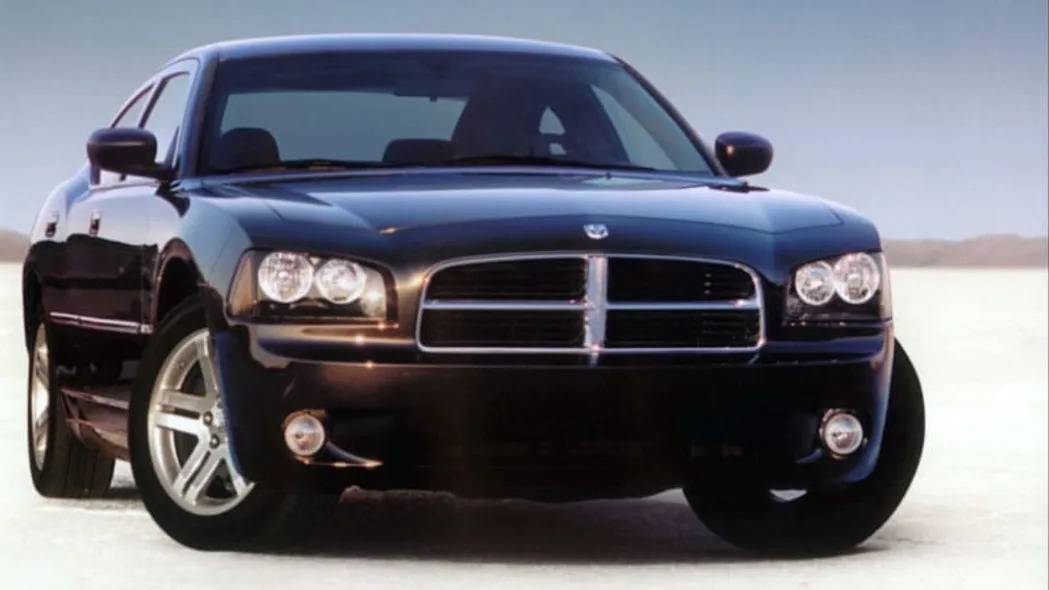
Sixth era Dodge Charger: 2006–2010
And now once more for one thing utterly completely different. After disappearing for 20 years, Dodge reintroduced the Charger nameplate for 2006. Solely this time, it was used on a four-door sedan moderately than the sportier coupe physique design. As an alternative of reusing the seemingly pure Daytona identify, Dodge reintroduced the well-known Challenger nameplate on a smaller two-door model of the Charger's new rear-wheel-drive LX platform, components of which have been borrowed from the earlier Mercedes-Benz E. -Have been obtained from the category.
Though its physique fashion was completely different, the Charger was nonetheless about efficiency. Sure, there have been Charger fashions for style-conscious households with V6 engines, however the true motion was on the top quality and the re-introduction of the Hemi moniker. Whereas the reborn Hemi shared nothing with the classic 426 besides its identify, it produced much more energy. It began at 5.7 liters and 340 hp and ended at 6.1 liters and 425 ponies.
Dodge had a variety of enjoyable reliving its muscle automobile previous with the brand new Charger sedan, which options retro colours like R/T (Highway/Observe), Daytona and Tremendous Bee, in addition to Plum Loopy Purple, Prime Banana and Go. Packages like Mango have been re-introduced. Nonetheless, the highest canine was new: the SRT8 debuted on this era of Dodge Charger, and people three letters would outline V8-powered efficiency for the subsequent era.
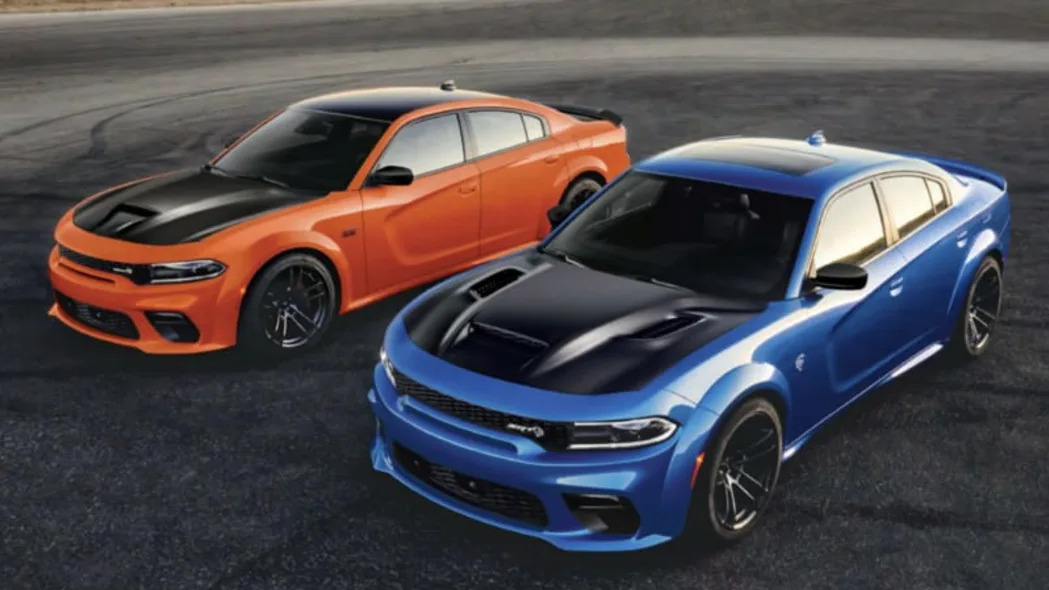
Seventh era Dodge Charger: 2011–2023
And it offers us the newest info on the interior combustion facet, because the overhauled Charger that debuted in 2011 on the reimagined LD platform (a modified model of the earlier LX) has been pushed to 2023. Dodge loved appreciable success because it positioned the Charger as the perfect American efficiency sedan.
The lineup begins with the well-known 3.6-liter Pentastar V6 engine, which produces as much as 300 horsepower, which isn’t dangerous. However the true enjoyable begins with the R/T's 5.7-liter Hemi V8 and its 370 hp. The 6.4-liter (or 392 cubic inches, as its identify suggests) SRT8, SRT 392 and Scat Pack have been supplied for individuals who imagine there is no such thing as a alternative for the displacement that comes with the 470 and 485. The center is of course aspirated horsepower.
Though barely smaller in dimension, the king of the hill in inner combustion efficiency was the Dodge Charger SRT Hellcat. Its 6.2-liter Hemi engine was supercharged to inside an inch of its life and produced as much as 797 hp within the RedEye model (and a whopping 1,025 within the SRT Demon 170), propelling the massive rear-drive sedan from 0-60 inches. Can run in 3.4 seconds (assuming there may be sufficient traction) and go to a high velocity of 204 mph.

